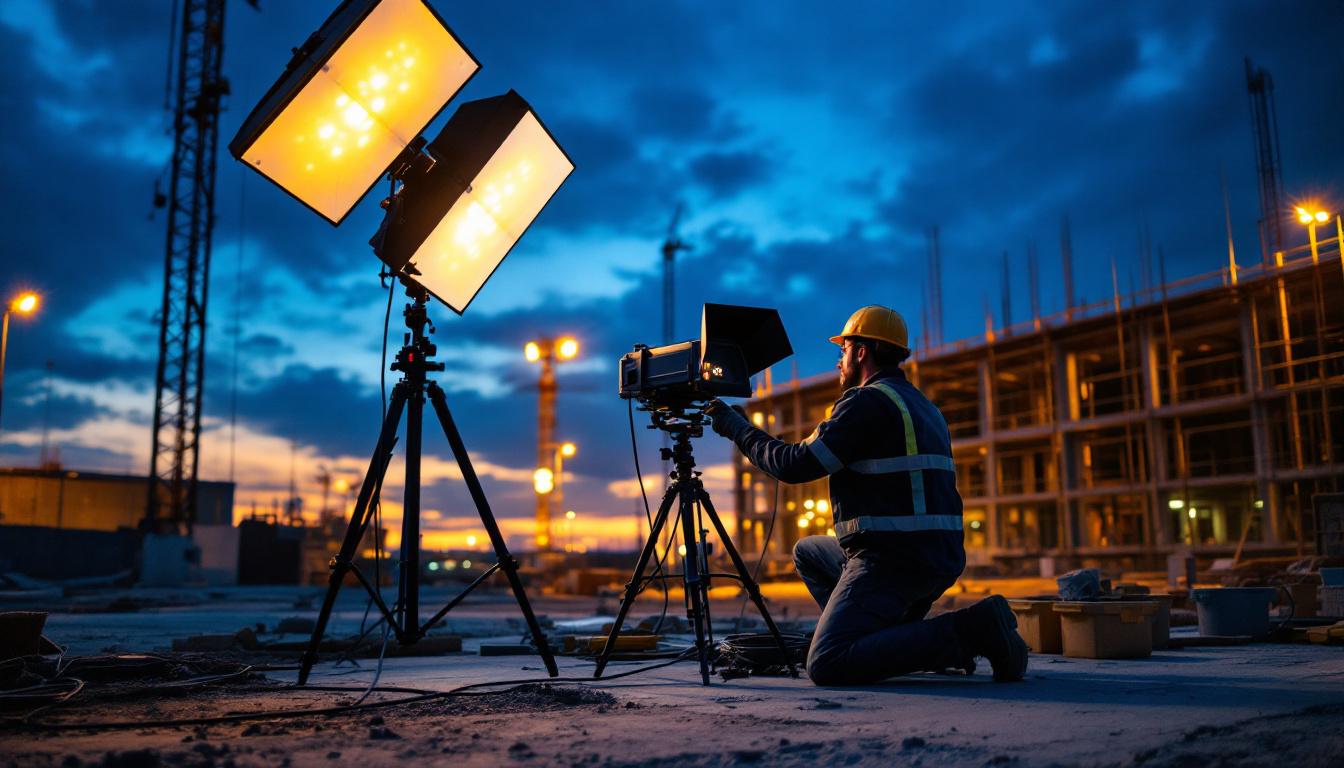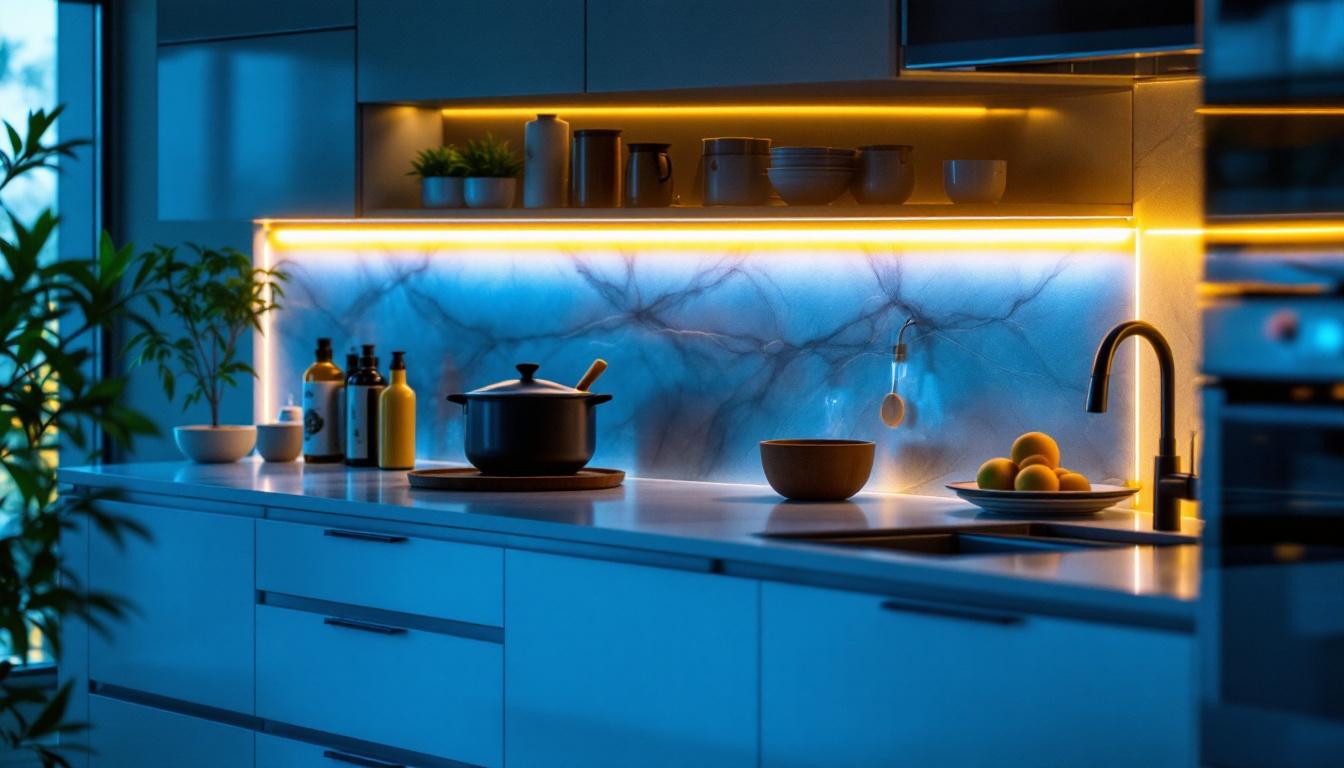
Lighting contractors face unique challenges when it comes to providing effective and efficient lighting solutions in various environments. One of the most critical tools in their arsenal is portable field lights. Mastering the use of these lights can significantly enhance productivity, safety, and overall project success. This article delves into essential tips and best practices for lighting contractors to make the most of portable field lights.
Portable field lights are versatile lighting solutions designed for temporary use in various settings, such as construction sites, outdoor events, and emergency situations. These lights are typically lightweight, easy to transport, and can be set up quickly to provide immediate illumination. Their portability makes them indispensable for professionals who need reliable lighting in unpredictable environments, allowing work to continue efficiently regardless of the time of day or weather conditions.
When selecting portable field lights, it’s essential to consider factors such as brightness, power source, and durability. Understanding these aspects will help contractors choose the right lighting for their specific needs. For instance, the brightness of a light is measured in lumens, and knowing the required lumens for a particular task can significantly impact visibility and safety on the job site. Additionally, the choice between battery-operated, solar-powered, or plug-in lights can influence not only the operational cost but also the convenience of use in remote locations.
There are several types of portable field lights available on the market, each with its unique advantages. LED lights are popular due to their energy efficiency and long lifespan. They consume less power while providing bright illumination, making them an eco-friendly choice. Halogen lights, while less energy-efficient, provide bright and intense illumination, making them suitable for specific tasks. Battery-operated lights offer the advantage of mobility, allowing contractors to work in areas without access to power sources. These lights are particularly useful in emergency response situations, where quick deployment is critical.
Additionally, some lights come with adjustable brightness settings, which can be beneficial for different tasks and environments. For example, a lower brightness setting may be suitable for close-up work, while a higher setting can illuminate larger areas for safety inspections. Understanding the various types of portable field lights will enable contractors to make informed decisions based on their project requirements. Furthermore, advanced models may include features like integrated sensors that automatically adjust brightness based on ambient light, enhancing energy efficiency and user convenience.
When selecting portable field lights, certain features can enhance usability and effectiveness. Look for lights with adjustable tripods or stands, allowing for height and angle adjustments to direct light where it’s needed most. This flexibility is particularly important in dynamic work environments, where the lighting needs may change frequently. Weather-resistant designs are crucial for outdoor use, ensuring that lights can withstand rain, wind, and other environmental factors. Some models are even rated for extreme temperatures, which can be a deciding factor in harsh climates.
Moreover, consider lights with built-in safety features, such as overheat protection and sturdy casing to prevent damage. These features not only enhance the longevity of the lights but also ensure the safety of the workers on site. Additionally, some portable field lights come equipped with power outlets, allowing users to charge tools or devices directly from the light source, adding another layer of convenience. As technology continues to evolve, features like remote control operation and smartphone compatibility are becoming more common, providing users with greater control over their lighting solutions.
To maximize the effectiveness of portable field lights, contractors should adhere to best practices that ensure safety and efficiency. Proper setup and positioning of lights can significantly impact visibility and reduce hazards on the job site.
Additionally, understanding how to manage power sources and maintain the lights is crucial for uninterrupted operation. Following these best practices will help contractors create a safer and more productive work environment.
When setting up portable field lights, consider the layout of the work area. Position lights to eliminate shadows and ensure even illumination across the workspace. This is particularly important in construction sites where visibility can be compromised by obstacles.
It’s also advisable to avoid placing lights too close to flammable materials or areas where they could be accidentally knocked over. Using tripods or stands to elevate lights can help achieve better angles and reduce the risk of accidents. Additionally, consider the direction of the light beams; angling lights towards the ground can minimize glare and improve visibility for workers, allowing them to focus on their tasks without being distracted by harsh lighting.
Managing power sources effectively is vital for the continuous operation of portable field lights. For battery-operated lights, ensure that batteries are fully charged before use and have backup batteries on hand. For lights that require an electrical outlet, assess the availability of power sources on-site and plan accordingly.
Utilizing extension cords can help reach distant outlets, but it’s essential to use heavy-duty cords rated for outdoor use to prevent overheating and electrical hazards. Always inspect cords for damage before use to ensure safety. Moreover, consider implementing a power management strategy that includes regular checks on power levels and a schedule for recharging or replacing batteries. This proactive approach can prevent unexpected outages and keep the worksite illuminated, even during extended hours.
Safety should always be a top priority when using portable field lights. Understanding potential hazards and implementing safety measures can prevent accidents and injuries on the job site.
Contractors must ensure that all team members are aware of safety protocols related to lighting equipment. This includes proper handling, setup, and maintenance of portable field lights.
Electricity poses significant risks, especially in outdoor or damp environments. Ensure that all electrical connections are secure and protected from moisture. Use GFCI (Ground Fault Circuit Interrupter) outlets to minimize the risk of electrical shock.
Regularly inspect all lighting equipment for frayed wires, damaged plugs, or other signs of wear. If any issues are detected, the equipment should be taken out of service until repaired or replaced.
In addition to electrical safety, general site safety practices must be observed. Ensure that all lighting equipment is clearly marked and positioned in a way that does not obstruct walkways or create trip hazards. Use cones or barriers to indicate areas where lights are set up to alert workers to potential hazards.
Encouraging team members to wear appropriate personal protective equipment (PPE) is also essential. This includes hard hats, gloves, and reflective vests, especially when working in low-light conditions.
Proper maintenance and care of portable field lights can extend their lifespan and enhance performance. Regular inspections and cleaning can prevent issues that may arise from dirt, moisture, or damage.
Contractors should establish a routine maintenance schedule to ensure that all lighting equipment is functioning correctly and safely. This proactive approach can save time and money in the long run by avoiding unexpected failures on the job site.
Conducting regular inspections of portable field lights is crucial for identifying potential problems before they escalate. Check for any signs of wear, such as cracked lenses, loose connections, or damaged cords. Addressing these issues promptly can prevent accidents and ensure that lights remain operational.
Additionally, inspect the light output to ensure that brightness levels are consistent. Dimming or flickering lights may indicate a need for replacement or repair.
Keeping portable field lights clean is essential for optimal performance. Dust and debris can accumulate on lenses and housing, reducing light output and efficiency. Use a soft cloth to wipe down surfaces, and avoid using harsh chemicals that could damage the equipment.
When not in use, store lights in a dry, cool place to prevent moisture damage. Proper storage can also help protect lights from physical damage and prolong their lifespan.
The field of portable lighting technology has seen significant advancements in recent years. These innovations are designed to enhance efficiency, portability, and usability for contractors.
Staying informed about the latest developments can help lighting contractors choose the best equipment for their needs and stay competitive in the industry.
Smart lighting technology is becoming increasingly popular in various applications, including portable field lights. These lights can be controlled remotely via smartphones or tablets, allowing contractors to adjust brightness levels and settings without physically accessing the lights.
Smart lighting solutions can also include features such as motion sensors, which automatically turn lights on or off based on activity in the area. This can help save energy and extend battery life for portable options.
Solar-powered portable lights are gaining traction as a sustainable alternative to traditional lighting solutions. These lights harness solar energy during the day and provide illumination at night, reducing reliance on electrical outlets and batteries.
While solar-powered lights may have limitations in terms of brightness and runtime, they are an excellent option for environmentally conscious contractors looking to reduce their carbon footprint.
Mastering the use of portable field lights is essential for lighting contractors aiming to enhance their service quality and ensure safety on the job site. By understanding the various types of lights available, adhering to best practices for setup and maintenance, and staying informed about innovations in lighting technology, contractors can significantly improve their operational efficiency.
Ultimately, investing time and resources into mastering portable field lights will not only benefit individual projects but also contribute to the overall success and reputation of the contracting business.
Ready to elevate your lighting game? Look no further than LumenWholesale for all your portable field light needs. Our commitment to quality and affordability ensures that you get the most reliable, spec-grade lighting products at wholesale prices that simply can’t be beaten. Say goodbye to middleman markups and hello to a vast selection of industry-standard lighting solutions. With free shipping on bulk orders, LumenWholesale is your go-to source for premium lighting without the premium price tag. Make your next project shine brighter by choosing Wholesale Lighting at the Best Value with LumenWholesale.

Unlock the essentials of dryer power receptacles with our comprehensive guide tailored for lighting contractors.

Discover essential tips for selecting LED lights for your shop and learn how to sidestep common pitfalls in lighting projects.

Discover the essential checklist every lighting contractor needs with Lumens Lighting Store’s expert guide.

Discover top resources for undercabinet LED lighting contractors to enhance expertise, boost project efficiency, and stay ahead with the latest industry insights.